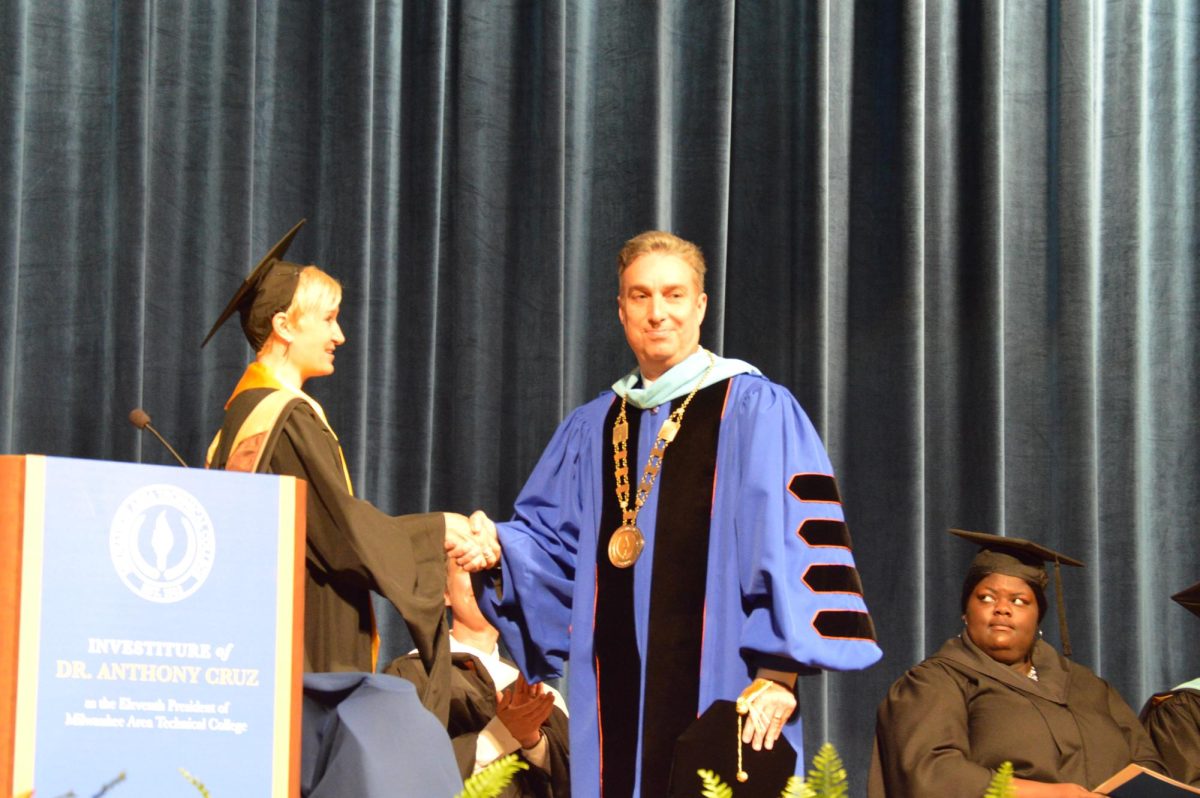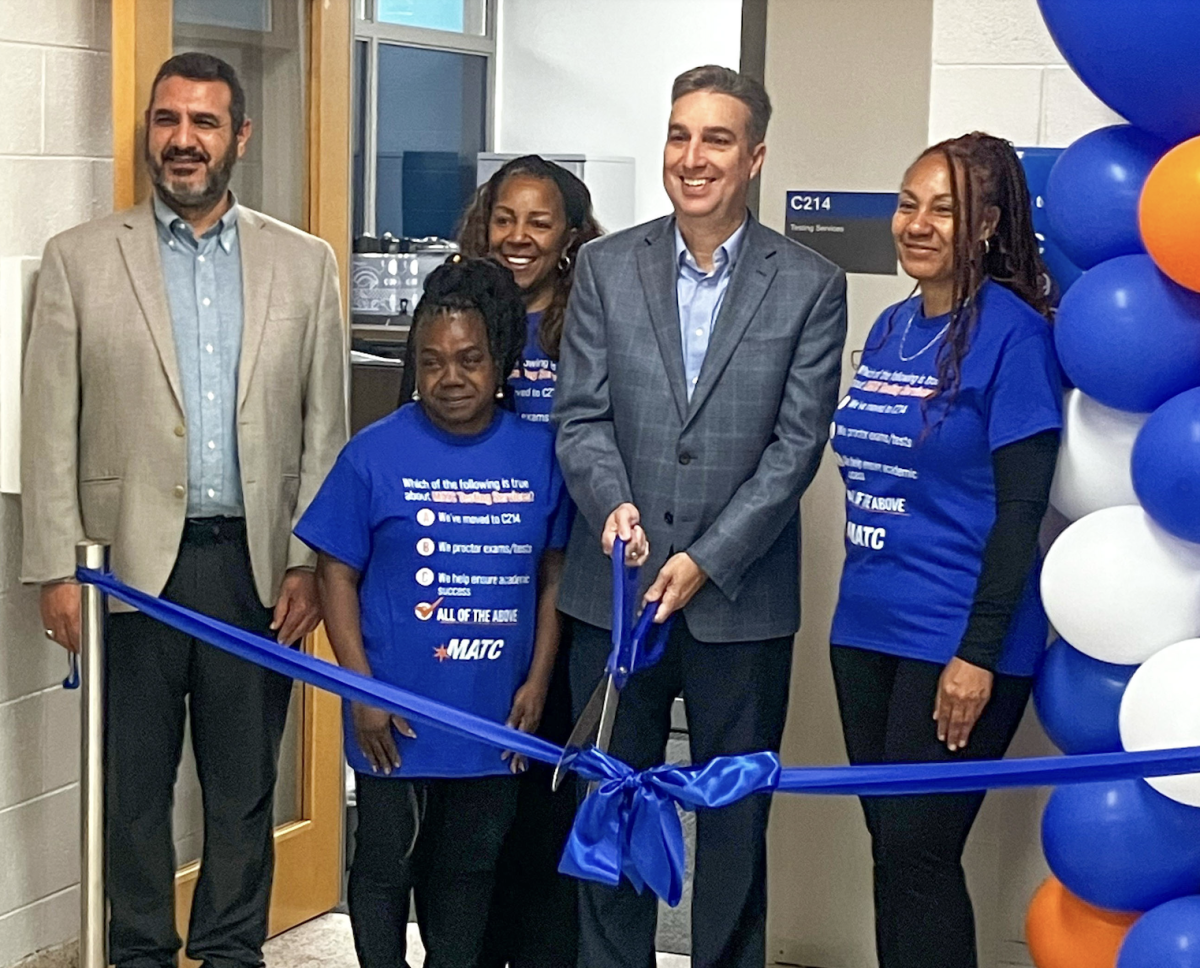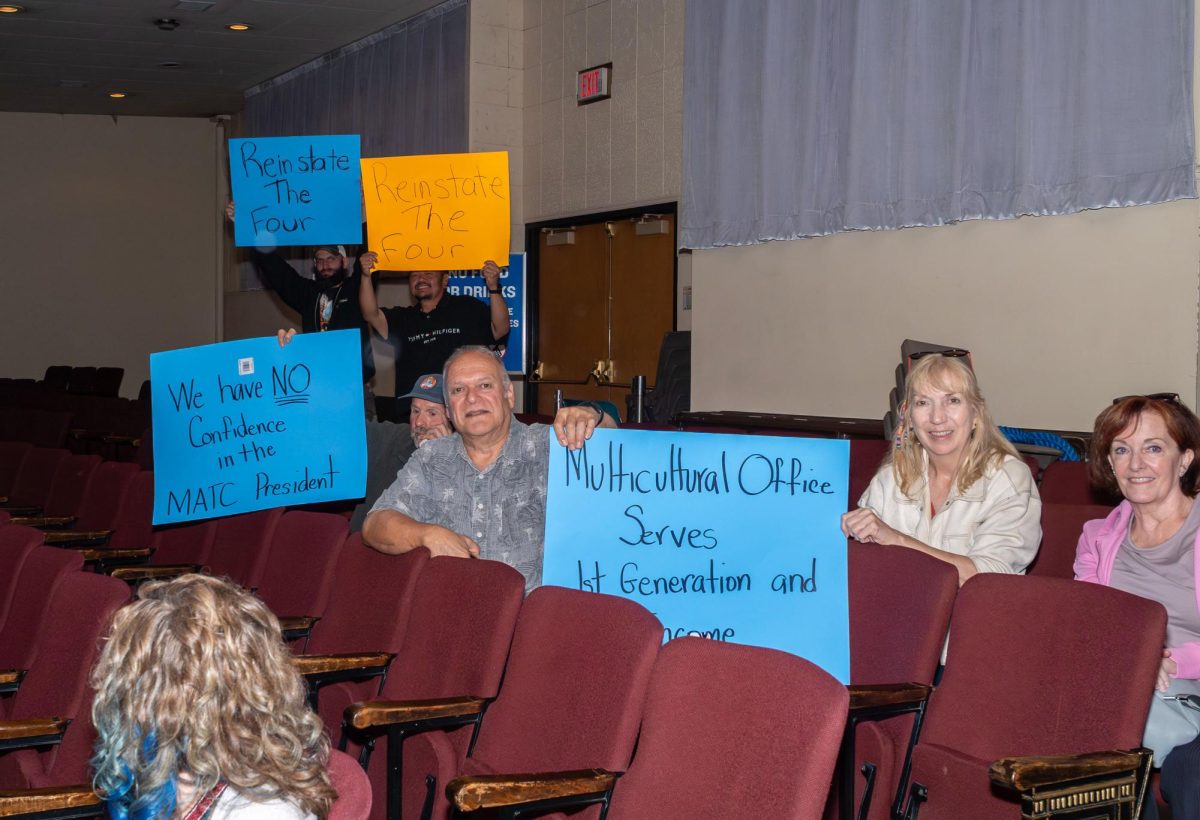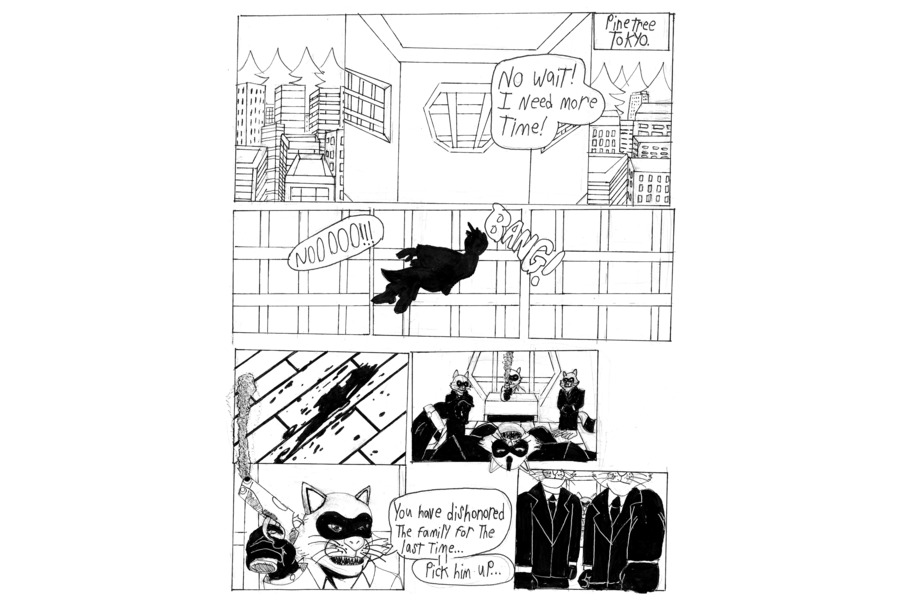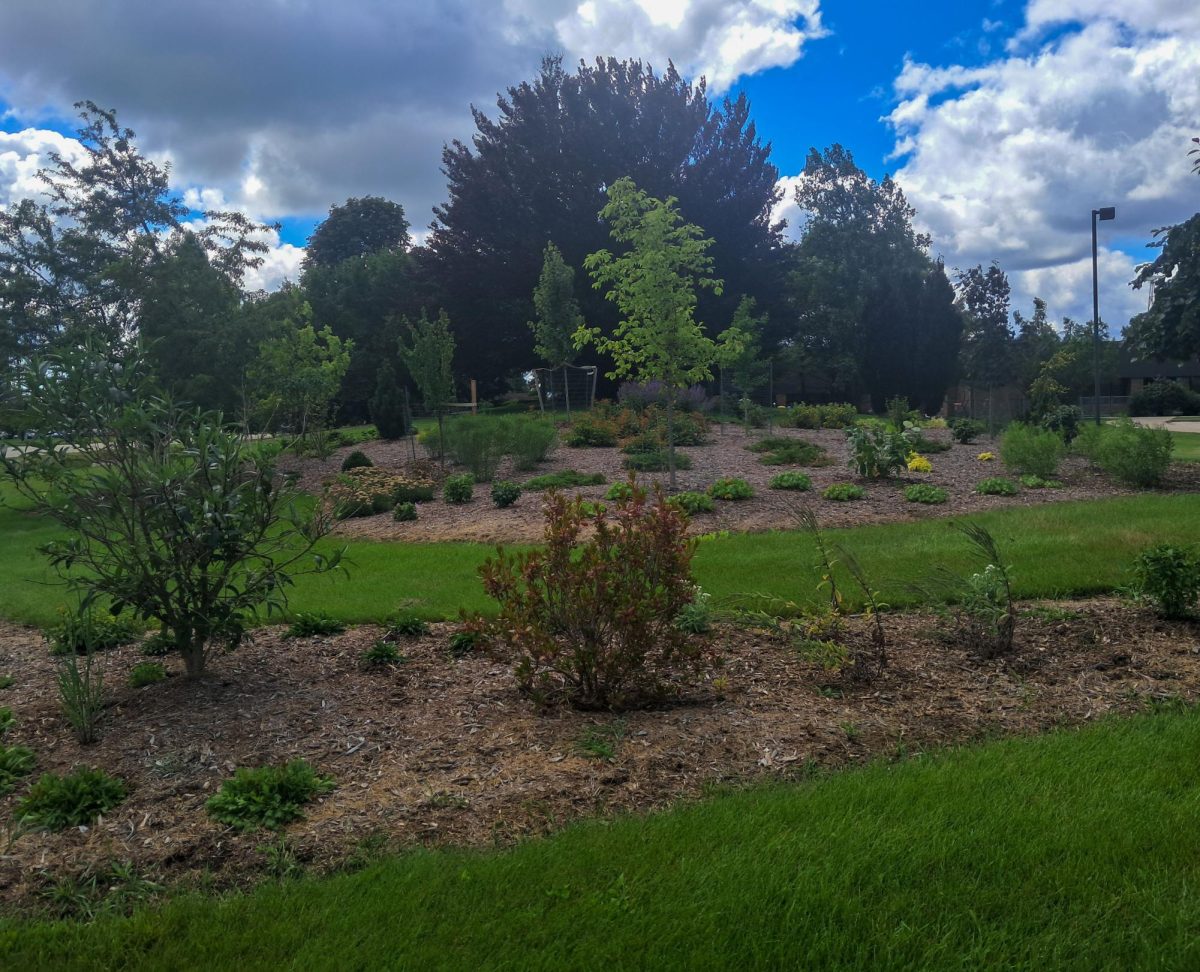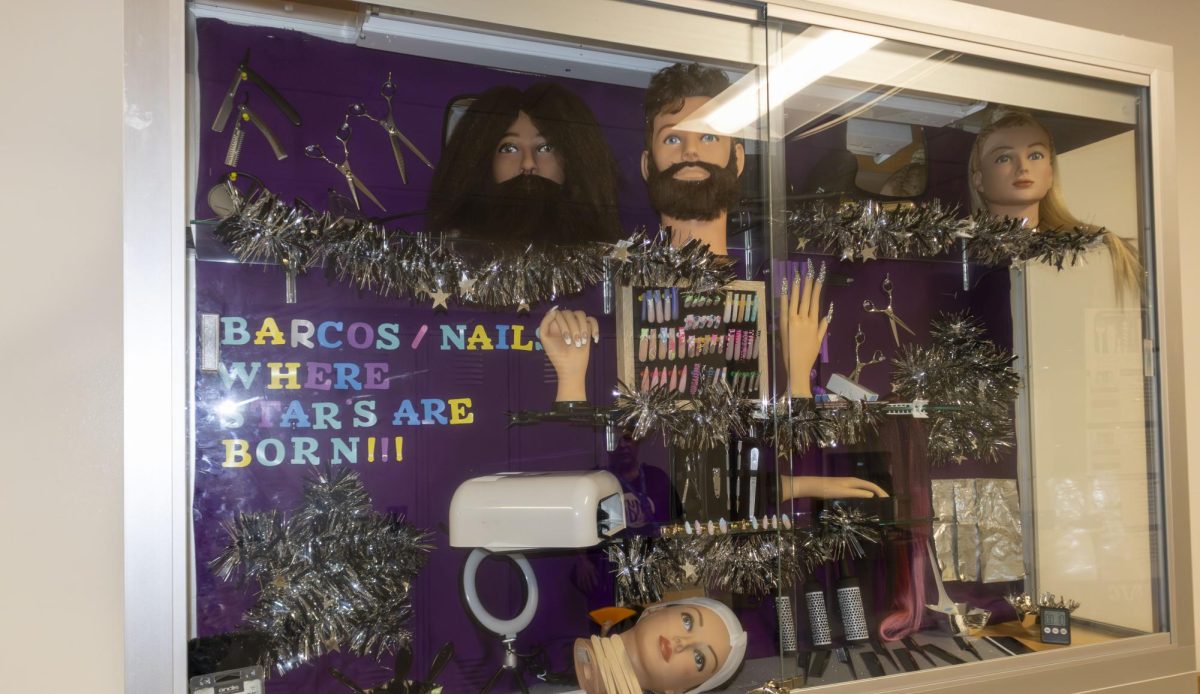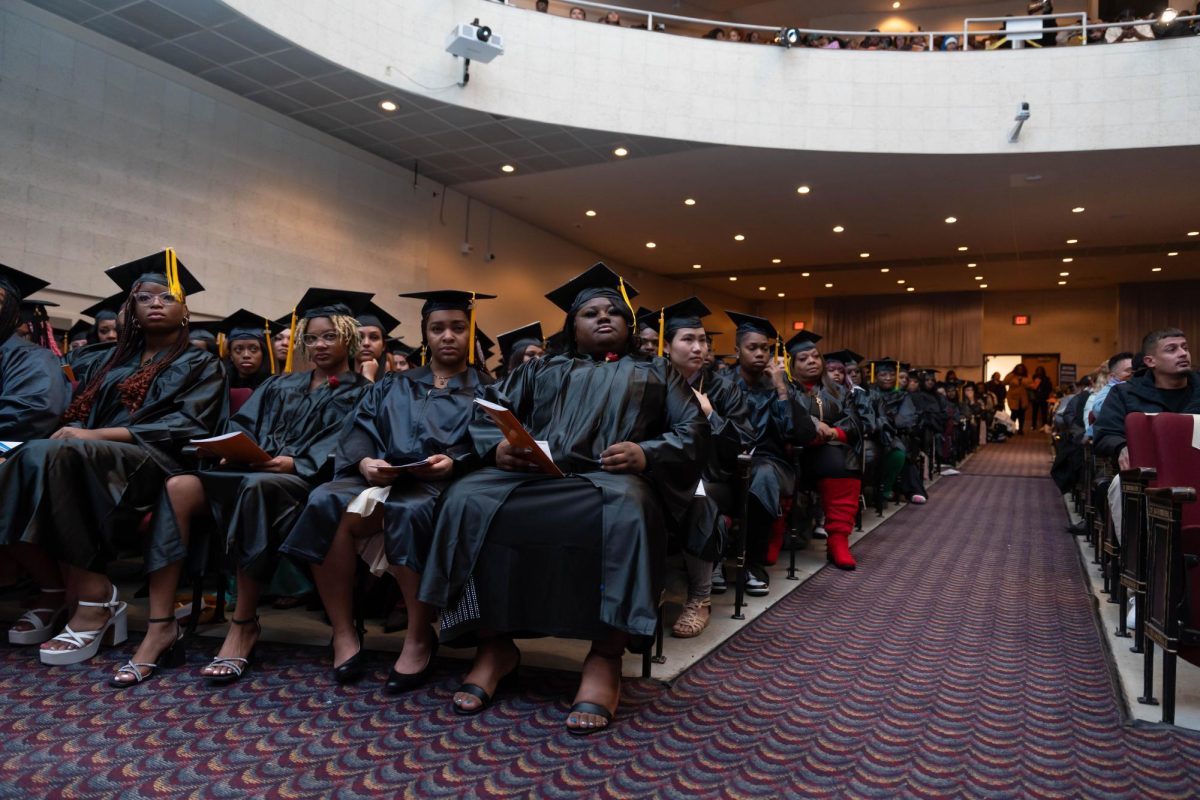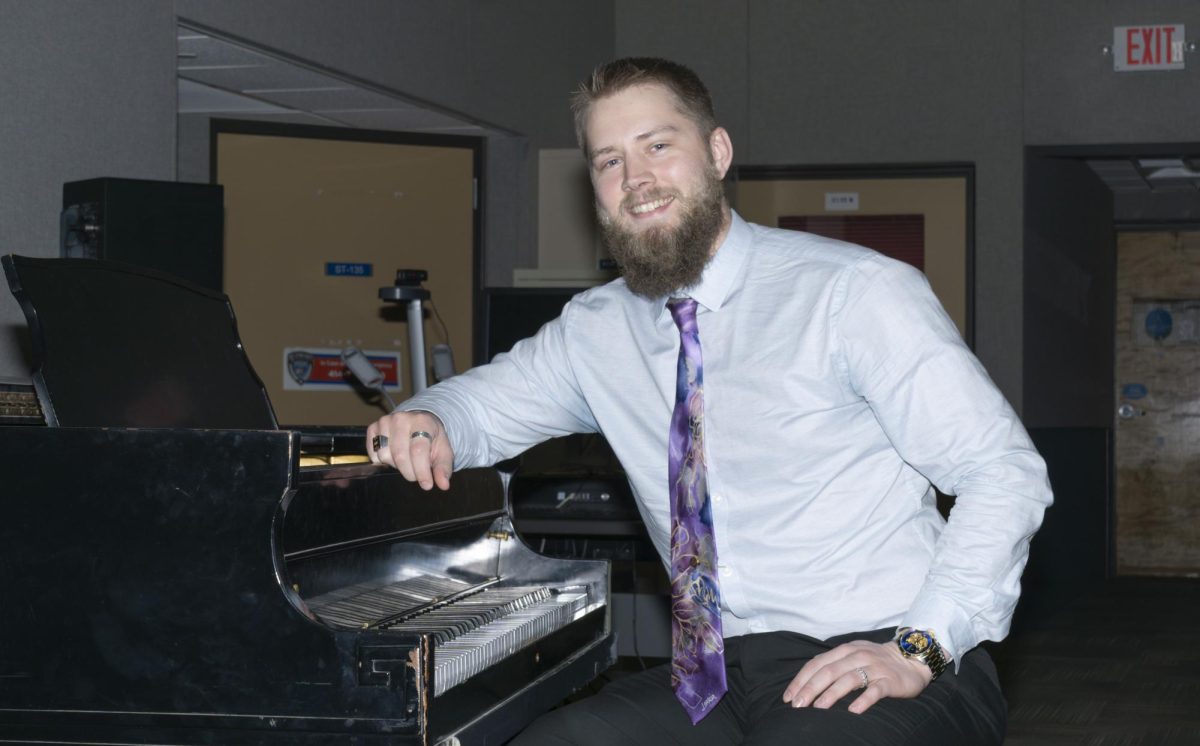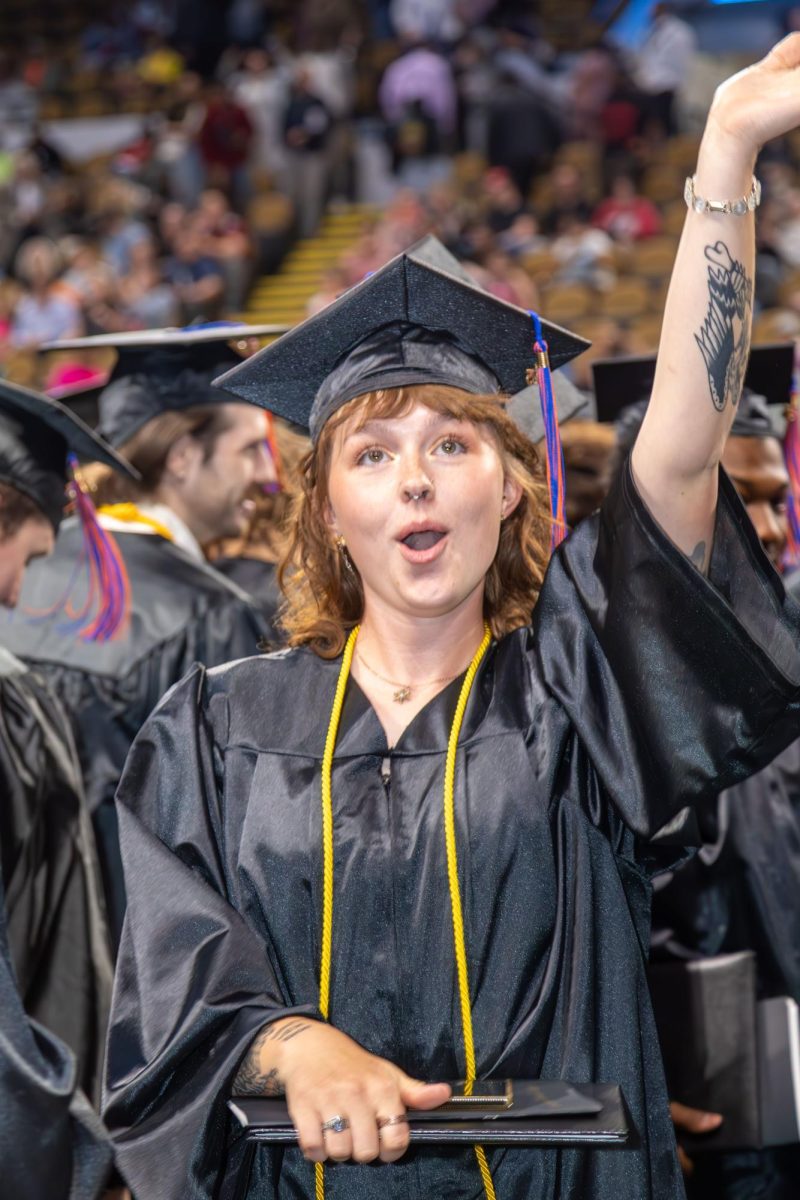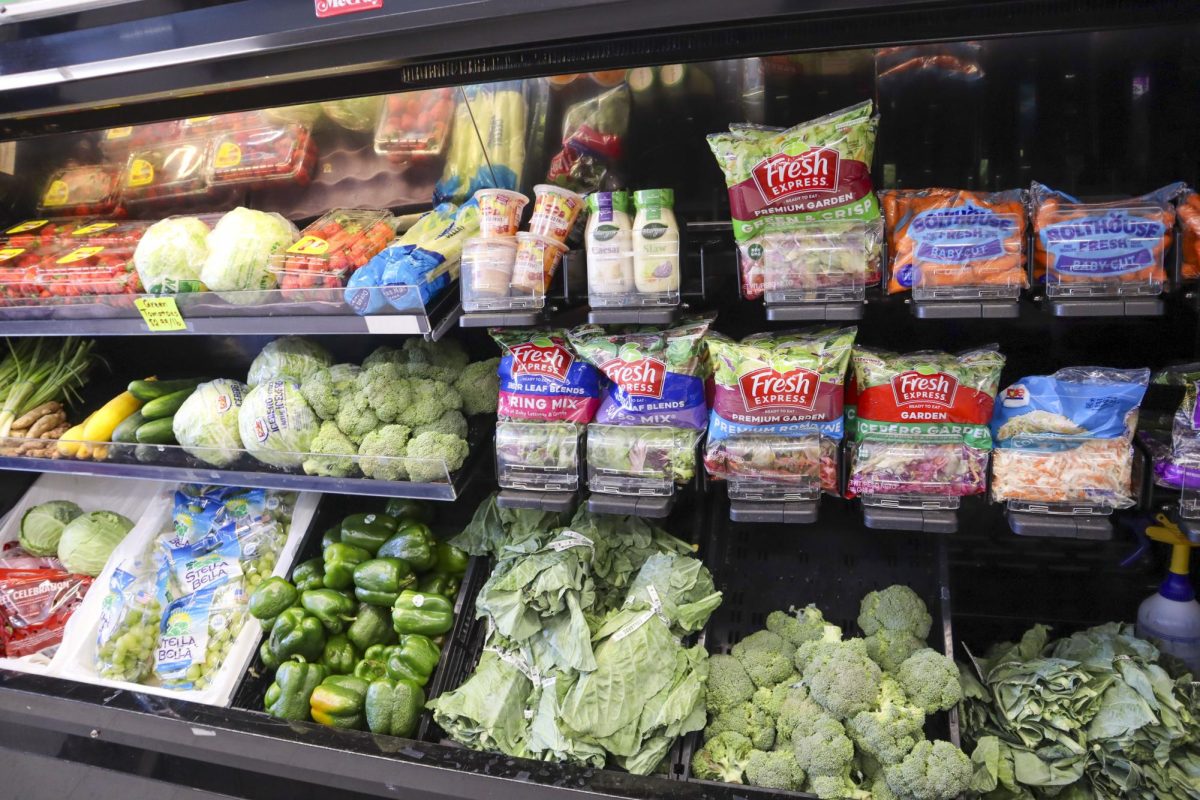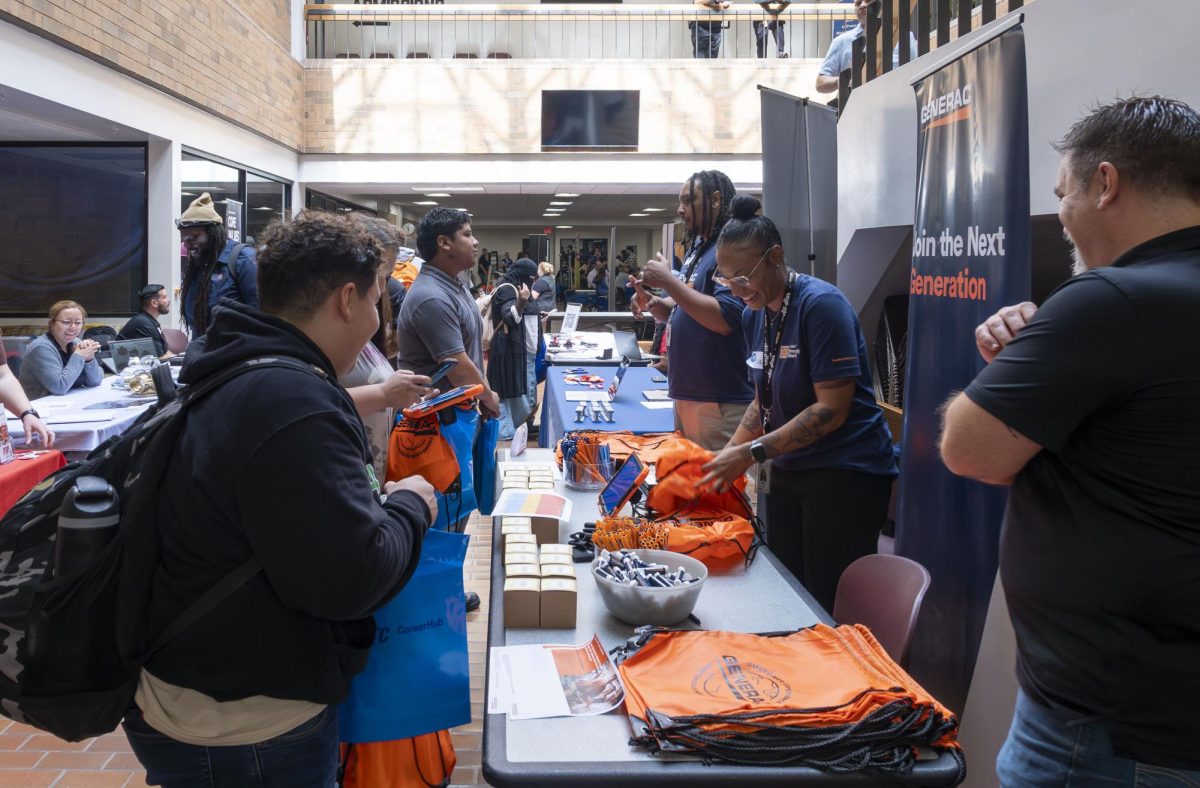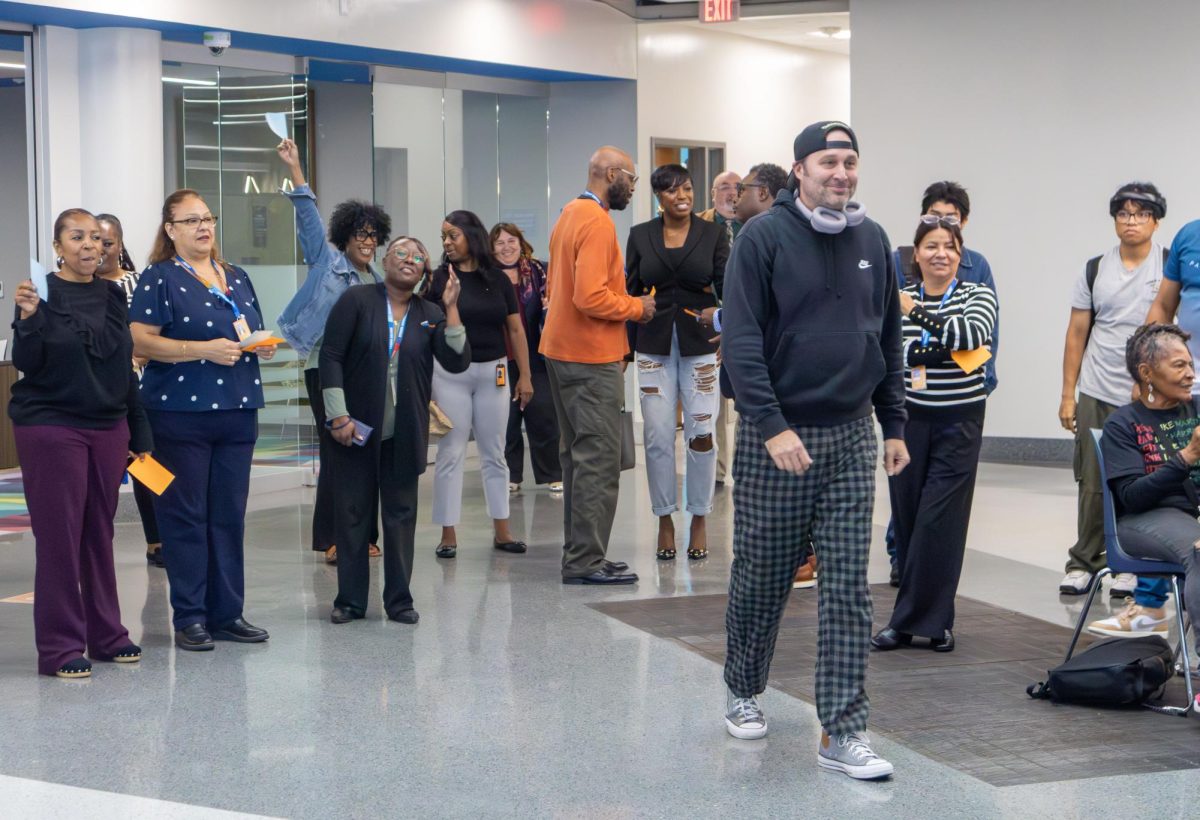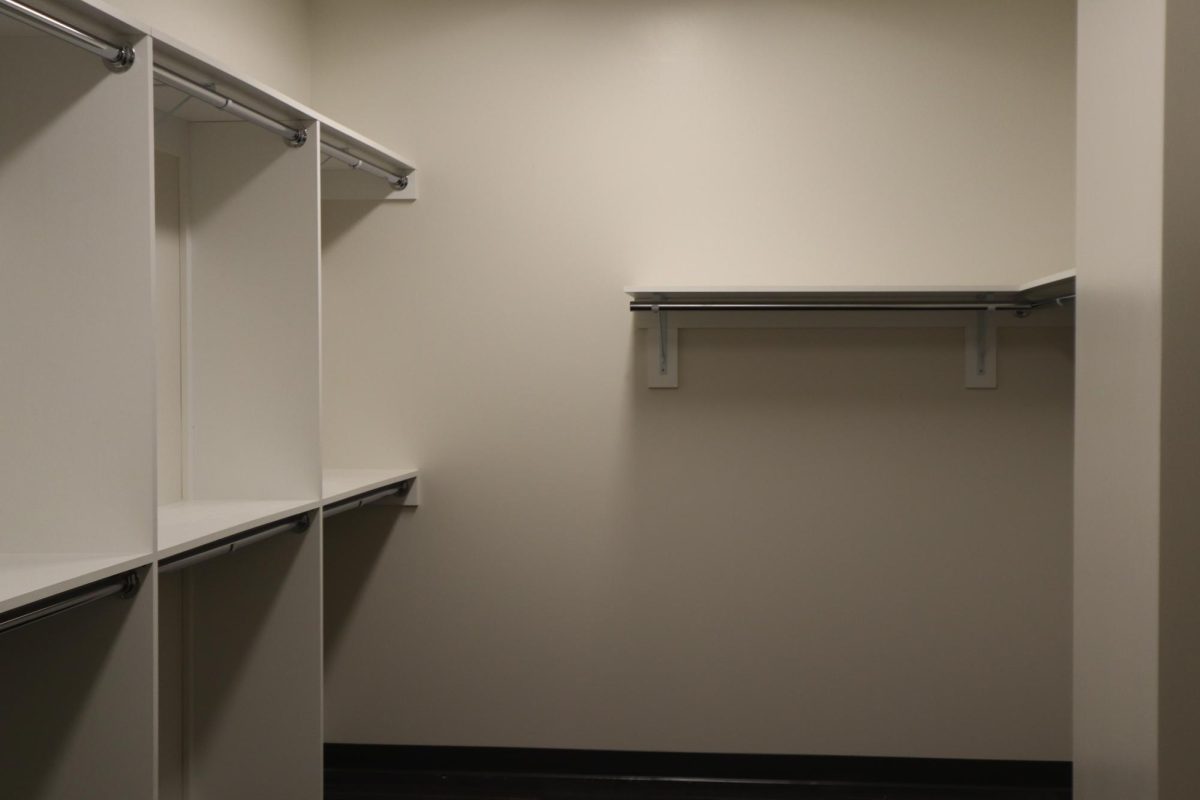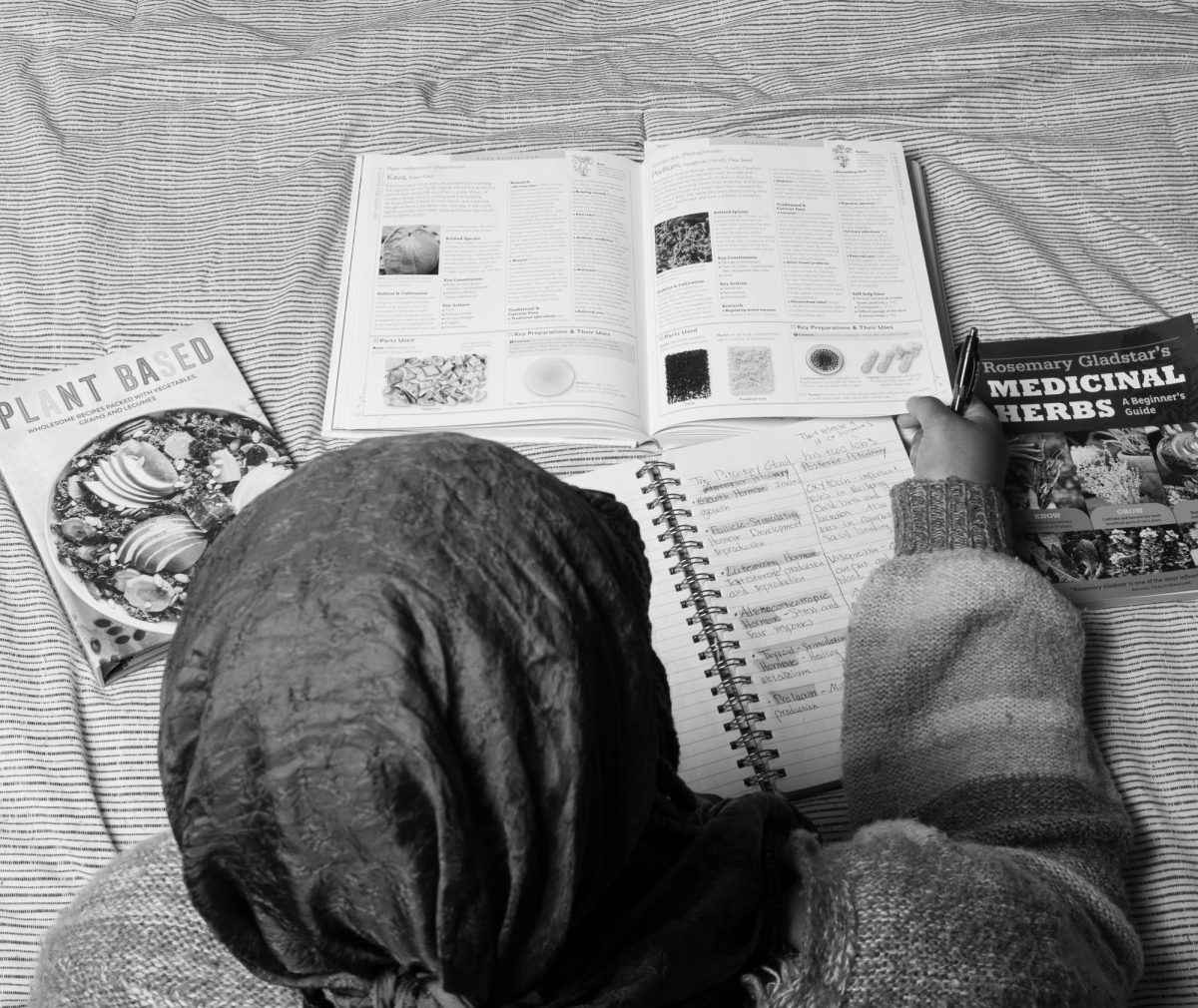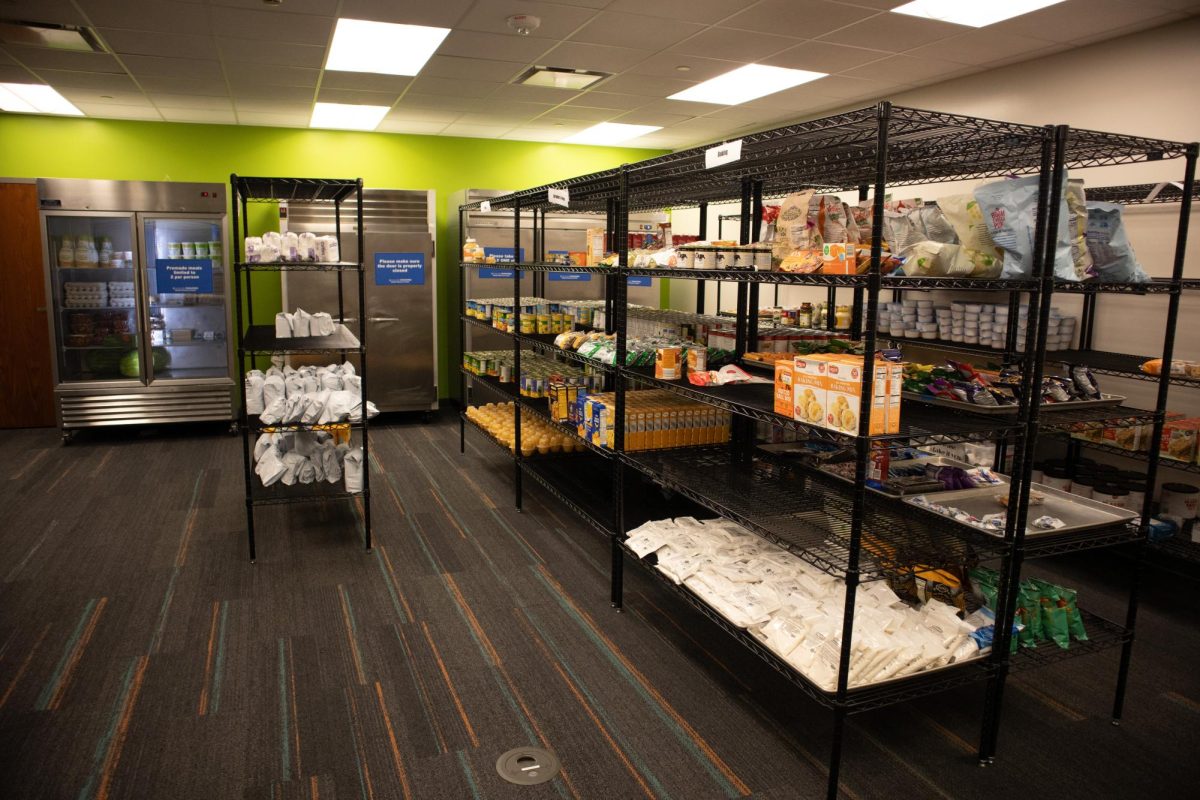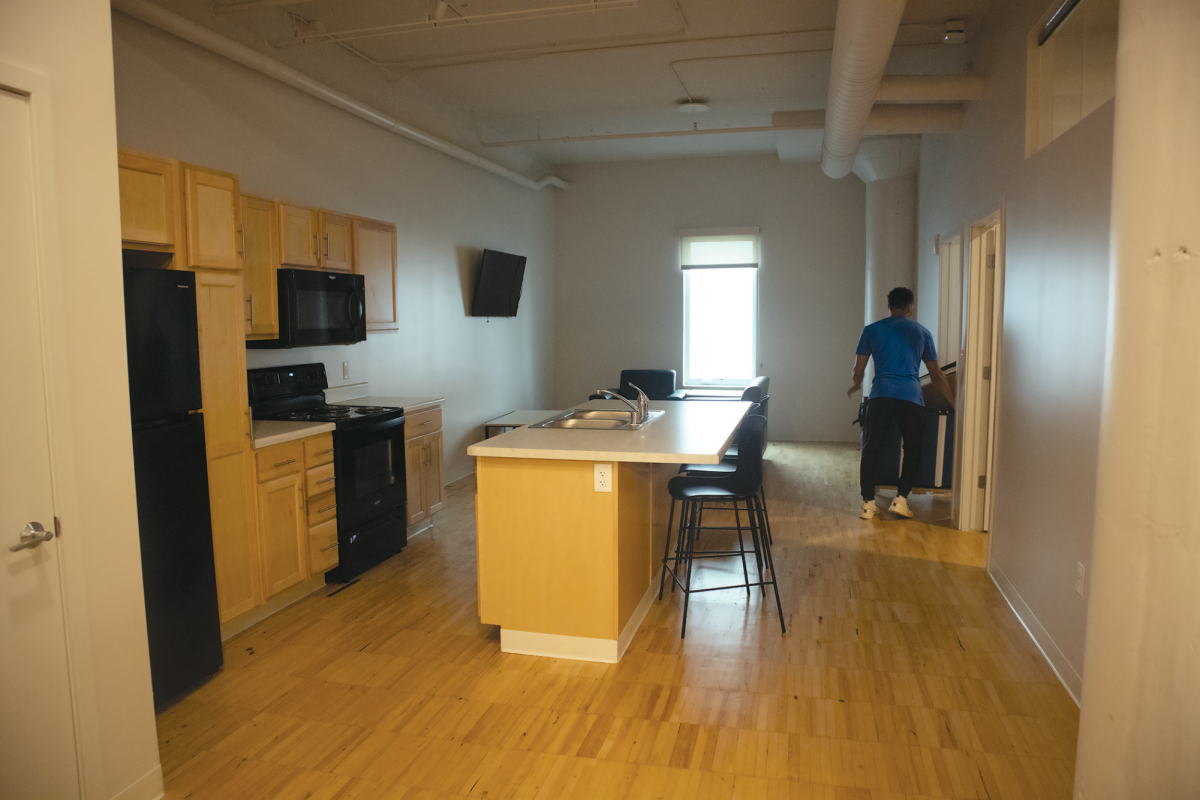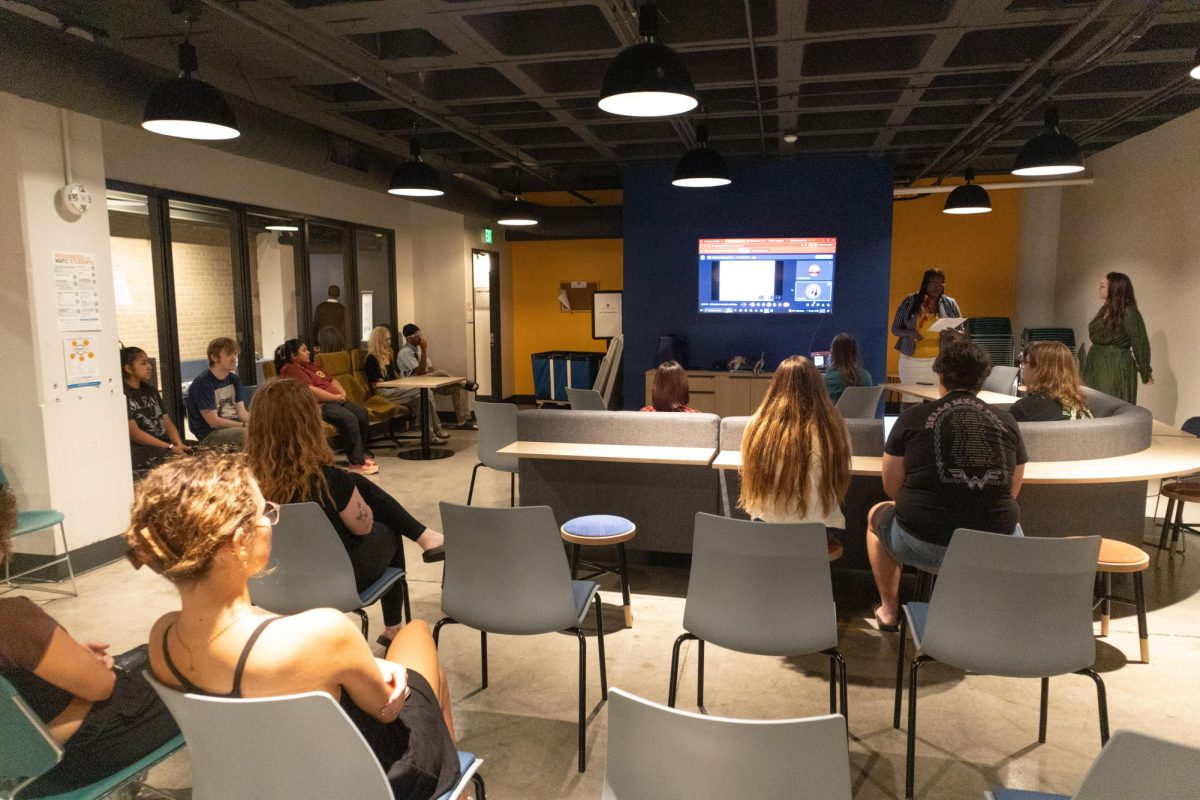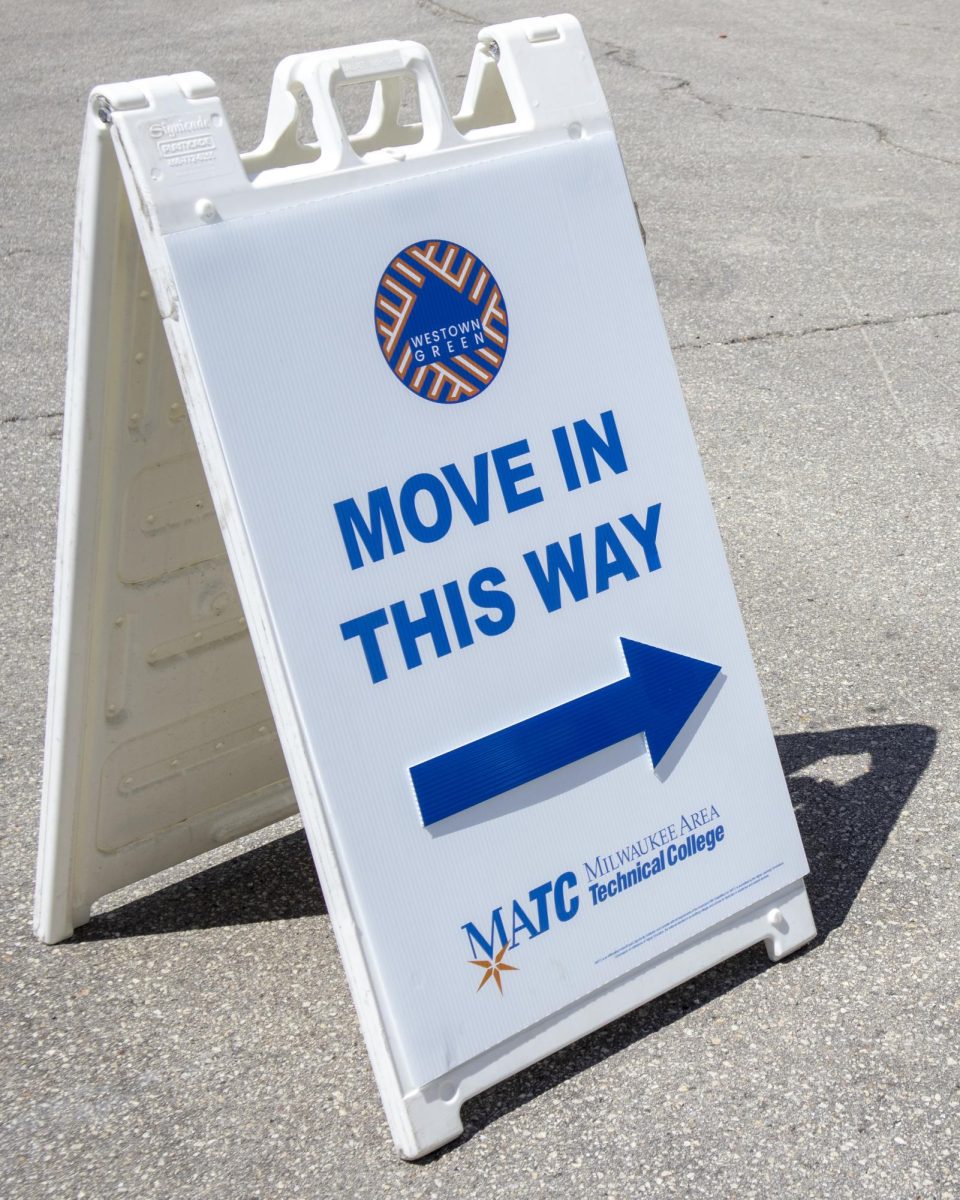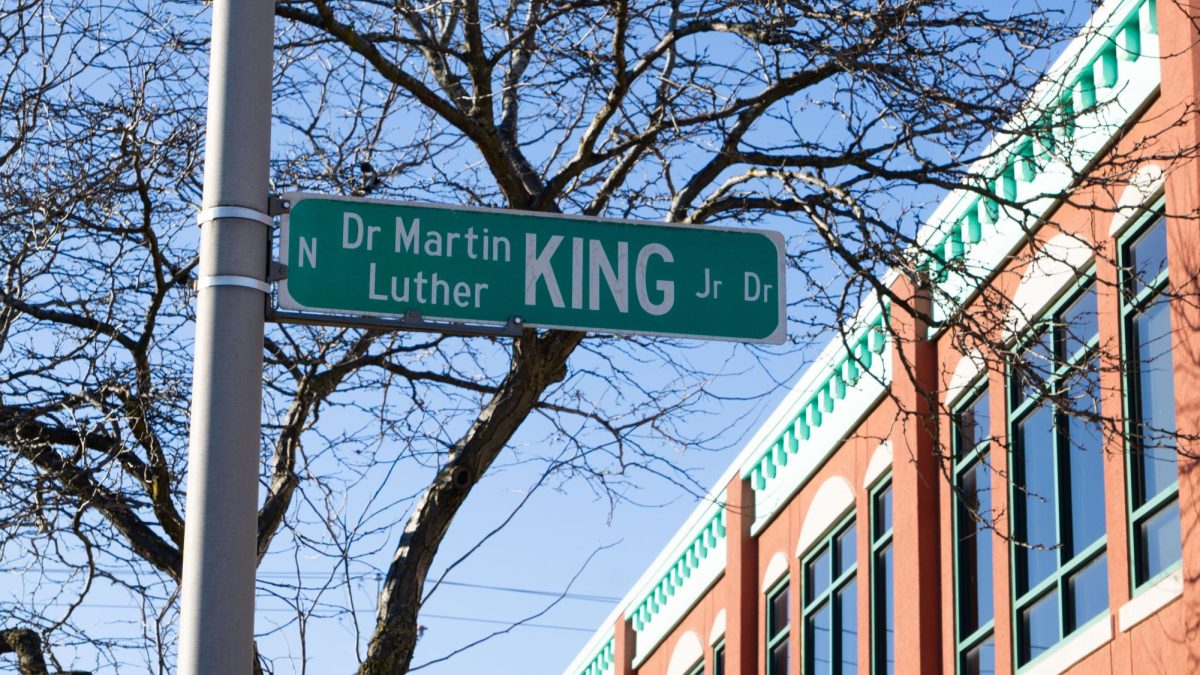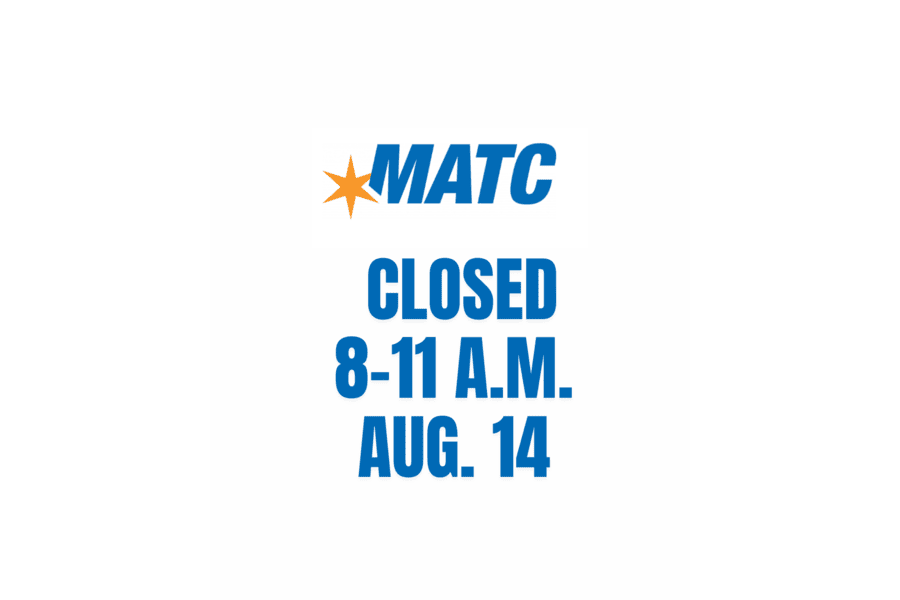The Wisconsin Technical College Systems Board approved a $6.9 million project between MATC and Johnson Controls to build a solar education farm on the college’s property at the Milwaukee Public Television transmitter located at Capitol Drive and Humbolt Boulevard. According to Chief Financial Officer Michael Sargent, this solar farm will be a portable photovoltaic (PV) farm used as a model to demonstrate that “you don’t need to make a PV farm in the desert,” and will serve as a “train the trainers center for technicians, designers, site assessors and electrician in the fields of renewable energy.
According to Kathleen Hohl, Director of Public Relations, this could quite possibly be the first ever entirely portable photovoltaic facility in the U.S. as well as the largest PV farm in Wisconsin.
It carries an estimated $70,300 in energy savings for the first year alone. Sargent said it will generate 728,000 kilowatt (kw) hours per year.
The farm will consist of 2,720 panels, the largest single group of arrays will be 1,430 panels, which is the size of a commercial PV farm, rated at greater than 457 kw alternating current (AC) and more than 571 kw direct current (DC) Sargent calls it “a tremendous learning opportunity for students to see how it really goes together.”
Kept in mind while planning this project was the “Triple bottom line, society as a whole, social good and economics.”
The benefits of this project will touch a variety of issues including saving money on the cost of energy, protecting fossil fuels and creating jobs.
Starting next semester there will be three courses offered to students relating to solar energy, but this project is “different and unique for everybody, not just MATC.
“We have already reached out to Marquette, MSOE, UWM, Concordia and Alverno. We want them to get involved and learn what we are doing and learn from each other,” said Sargent.
Jeff Roepsch, Life Cycle Program Manager at Johnson Controls, feels that one of the biggest hurdles with this project will be “explaining all the benefits to the community. This is a solar farm that is in the fence (and) outside of the fence.
This thing is portable; students can deal with it right on the campus where they can see it in production, but they can also take it apart.”
He also adds that he likes partnering with MATC because of our “clear vision of where (we’re) going in the future.

